Are you dreaming of lush, fragrant plantings that create an oasis of calm and a private escape? Is it time to expand your entertaining options to better serve your social lifestyle? Or is it just time for a fresh look? Winter is a perfect time to do some research and design your project. It always pays to put pencil to paper before the shovel hits the dirt!
 1. Identify Your Lifestyle
1. Identify Your LifestyleTo make the most of your real estate, develop it to best suit your lifestyle. A development plan that encourages a happy engagement with your outdoor environment is the goal.
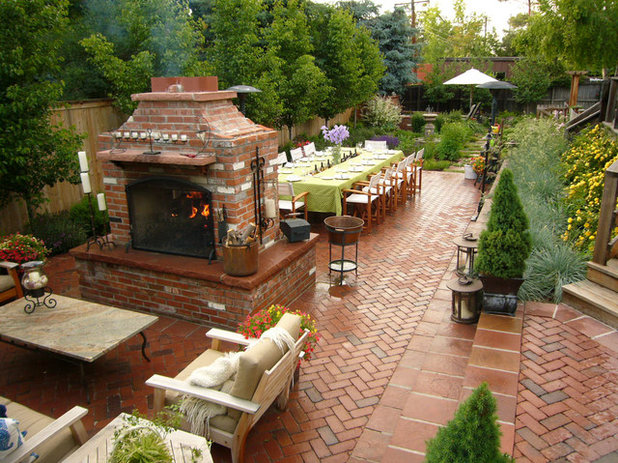
Ivy Street Design
How will you use your outdoor space: to relax, entertain or produce edibles? Do you need room so children can play? Do you need a safe area for pets? Where will you store your camper and canoe? Address all of these issues with your design, and prioritize them.

Jocelyn H. Chilvers
How you will maintain your outdoor space is lifestyle driven as well. Every landscape needs maintenance to keep the plants healthy and the hardscape looking its best. Consider your time and abilities for maintenance when planning your new yard.
High-maintenance landscapes are for dedicated gardeners and plantaholics (and you know who you are!) who love to work in the yard.
Low-maintenance landscapes are for those who enjoy being outdoors and doing a bit of puttering.
No-maintenance landscapes are for those who will hire a professional maintenance company.
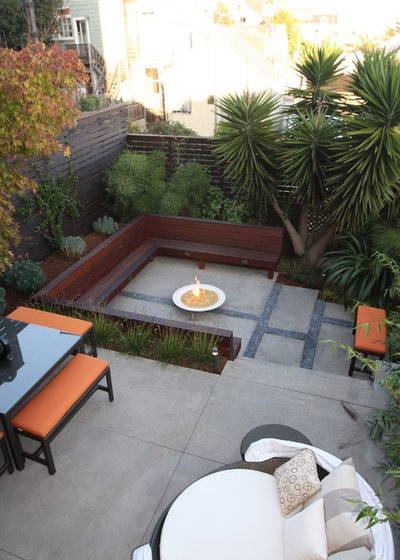
Outer space Landscape Architecture
2. Identify Your Design StyleA seamless transition from your home's interior to its exterior is created when the architectural and interior design style — from line, shape and colors to textures and building materials — is echoed in the outdoor spaces.
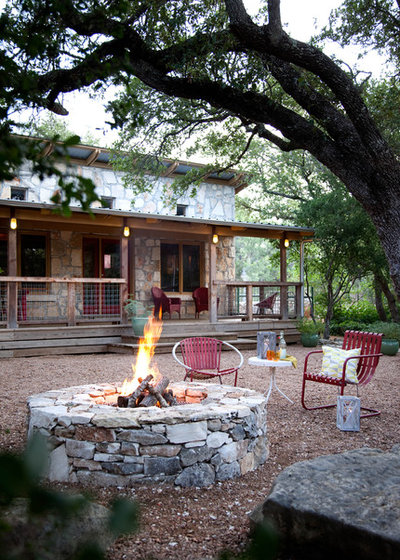
B. Jane Gardens
Whether it's modern, rustic, traditional or eclectic, the look that gives you joy and the region that you live in should inform your choices.
Discover landscape design styles
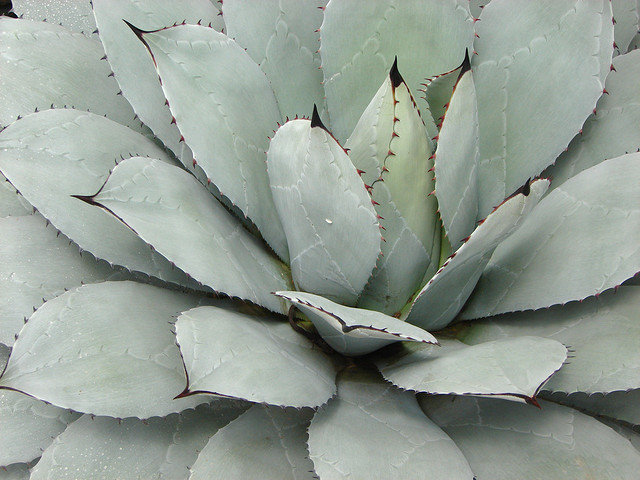
David de la Luz
3. Develop a Plant PaletteYou may not know a lot about plants yet, but you can start by making a list of plant attributes that you like. Here are some ideas to get you started:
- Native to your region
- Fragrant
- Drought tolerant
- Attracts birds and butterflies
- Colorful foliage (be specific)
- Deer resistant
- Edible
- Showy flowers
- Evergreen
- Autumn color
You can then cross-check these with a list of plants that are best suited for growing in your region. Your local extension service is a great resource for this kind of information.
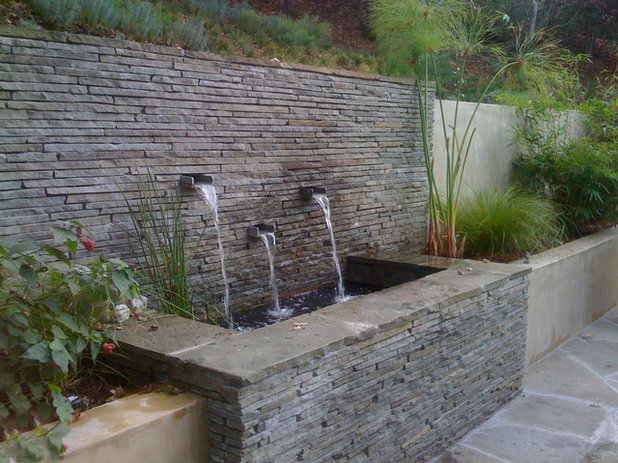
Huettl Landscape Architecture
4. Do a Reality CheckBefore you get too carried away with the details of the project, be sure that you understand the parameters — don't think of them as limitations — that you have to work within. You'll save time and money in the long run if you deal with these issues up front:
- Your budget. How much are you comfortable spending now, or over the course of a few years, to implement the design? What are the long-term maintenance costs? It's always best to design to your comfort level.
- Homeowners association rules and regulations. These may range from minimum plant sizes to paint colors for garden structures to fence styles and placement.
- Zoning and building codes. These laws often focus on safety — when to put a rail on a deck, or the maximum height of a street-side fence, for example.
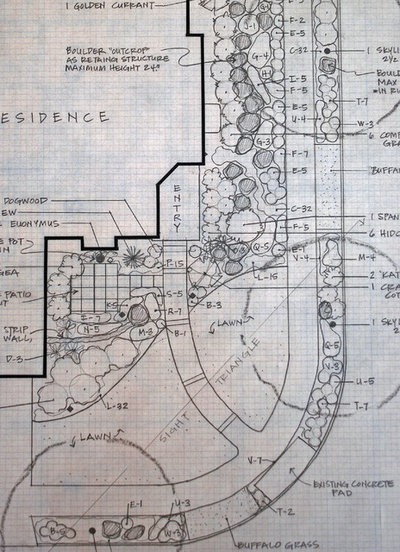
Jocelyn H. Chilvers
5. Work With a ProA simple consultation or coaching session with a landscape professional may be all you need to move forward with a small project. Larger, more complex projects, especially those that involve hardscape elements, will benefit from the knowledge and experience of design and construction experts.





